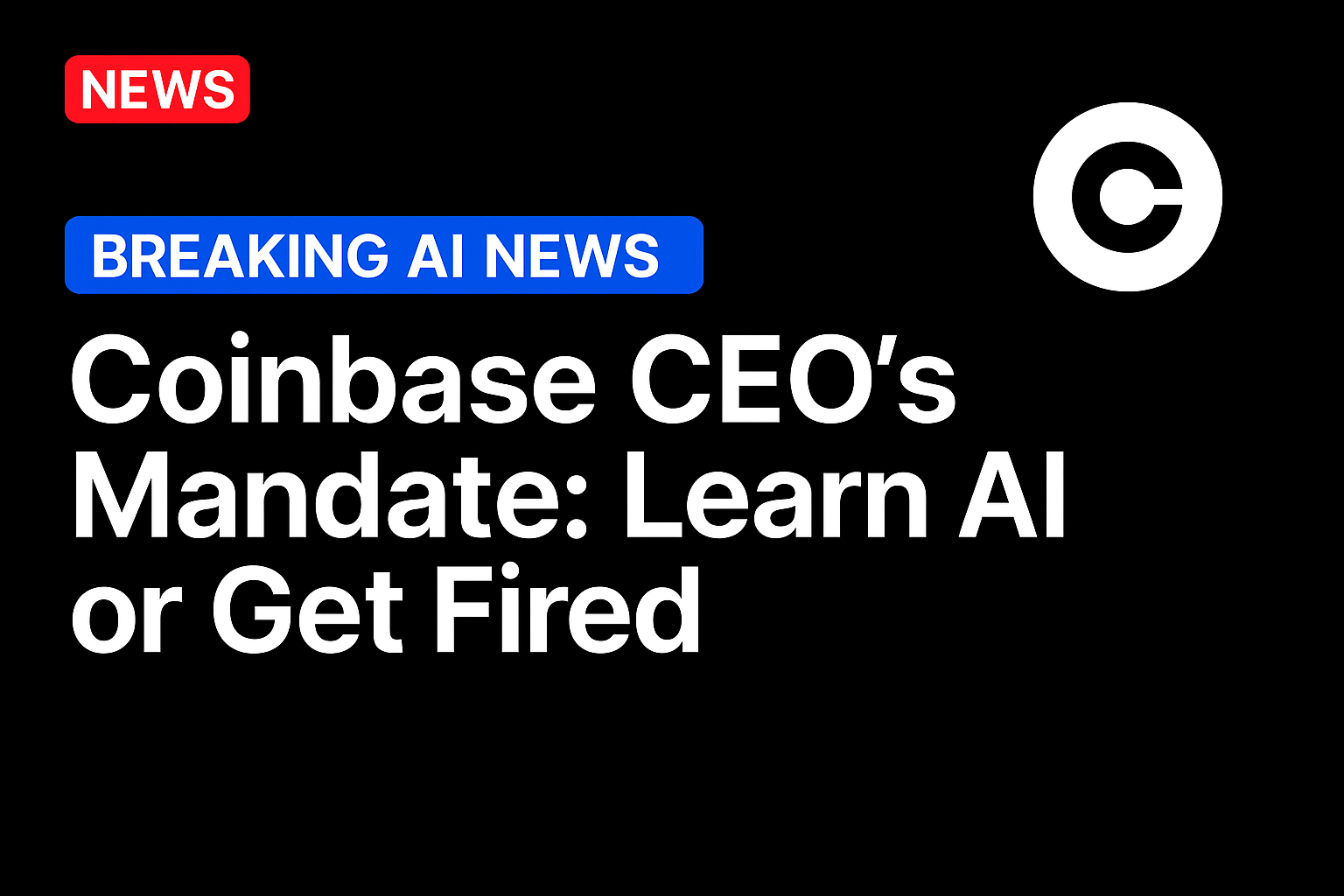
Two major artificial intelligence (AI) releases landed less than a week apart. Google introduced Gemini 3 on Nov. 18, presenting the model as a major step forward in multimodal reasoning and visual understanding. PYMNTS reported that the launch marked a deeper shift in Google’s approach to AI and reflected its push to regain leadership in the sector.
Anthropic followed six days later with Claude Opus 4.5, saying the model outperformed every human candidate on its internal engineering assessment, a claim the company detailed in its official announcement.
Both companies lowered the cost of running their newest models after redesigning their systems to operate more efficiently. Anthropic cut the price of Claude Opus 4.5 by 67%, reducing the cost of the text the model processes from $15 to $5 per million tokens. Google set Gemini 3 Pro at $2 for what the model reads and $12 for what it generates, a structure made possible by its newer TPU infrastructure and optimization work.
CNBC described this as one of the most aggressive cost-positioning strategies among frontier models. The lower pricing reflects how quickly the economics of high-end AI are shifting; tasks that once required expensive compute can now run at an everyday scale, and models are arriving at a time when usage patterns are widening across workflows.
How the Models Differ
Gemini 3 extends Google’s push into multimodal intelligence. The model processes text, charts, images, video and code within a single workflow and posted a 90%+ score on GPQA Diamond, a benchmark testing Ph.D.-level scientific reasoning. The Wall Street Journal highlighted how Gemini 3’s advances in visual reasoning and mixed-format comprehension could reshape how teams handle design mockups, product decks and video-based feedback.
Claude Opus 4.5 moved in another direction. It strengthened coding ability, long-horizon reasoning and multistep workflow execution. The New Stack reported that Opus 4.5 “reclaimed the coding crown” after scoring more than 80% on SWE-bench Verified, outperforming Gemini 3 Pro on real engineering tasks. CNET noted that Opus 4.5 delivered stronger consistency on extended sequences and complex data analysis, including spreadsheet work and debugging.
Both models respond to the same market pressure: the need for AI that handles more of the work inside mainstream tools. But each model channels differently. Gemini focuses on the tasks that span formats and require visual or spatial reasoning. Opus accelerates when the work is focused on structured logic, accuracy and multistep execution.
Anthropic paired Opus 4.5 with new product integrations. TechCrunch reported that Claude now powers Claude for Excel, enabling pivot-table analysis, chart generation and multisheet workflows. The company also introduced a Chrome extension that lets the model operate across browser tabs and consolidate information from email, documentation and internal apps.
Google routed Gemini 3 across its broader stack. The model powers AI Mode in Search, the Gemini app and builds inside Vertex AI. Gemini also sits at the center of Google’s new Antigravity environment, an agent-driven development platform that runs tasks across editor, terminal and browser. CNBC reported that Gemini 3’s strength in front-end coding placed it at the top of the WebDev Arena leaderboard, reinforcing its range in interface-driven tasks.
Gemini focuses on absorbing more types of information at once. Opus focuses on maintaining logical consistency and executing long chains of reasoning.
Production-Level Execution
Both launches point to a shift toward models that handle multistep work rather than single responses. Anthropic said Opus 4.5 completed a customer-service test in an unexpected but valid way, demonstrating it could interpret the problem and deliver the solution without step-by-step direction, according to the company’s announcement.
The Wall Street Journal reported that Google evaluated Gemini 3 inside a business-simulation benchmark that asks the model to run a virtual vending-machine operation for a full year, making decisions on pricing, inventory and shifting demand. Gemini 3 finished with more than double the net worth of competing models. This result highlights how these systems now manage sequences of decisions over time instead of reacting to isolated prompts.
Source: https://www.pymnts.com/



